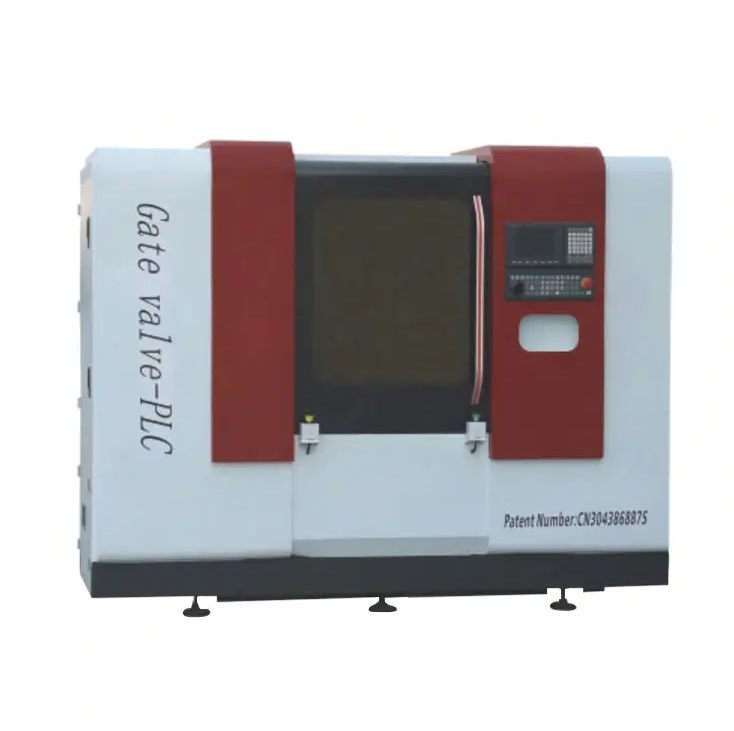The aggregate machine servo serves as a control component that brings together accuracy, efficiency, and adaptability in industrial machinery. It helps manage movements within machines by responding to inputs from sensors and controllers, creating a system that is both responsive and controlled.
At the heart of the servo mechanism is a motor that works in conjunction with a feedback unit and a controller. These parts work together to monitor position, speed, and torque. When the system detects deviation from the expected input, it immediately makes the necessary corrections. This responsiveness makes it ideal for tasks where consistent performance is essential.
One of the key advantages of incorporating aggregate machine servos is their role in repetitive, motion-based tasks. In environments such as bottling plants, printing facilities, or electronic assembly lines, repeatable motion helps ensure product uniformity. The servo’s control system allows operations to be scaled up without losing precision.
Aggregate machine servos also support energy-efficient operation. Because they only use the amount of energy required for a specific task, rather than running at constant power, they reduce unnecessary power consumption. This not only conserves energy but also lowers operating temperatures and prolongs equipment life.
Noise reduction is another benefit. Servo systems tend to generate less mechanical noise compared to older motor systems. This is particularly important in facilities aiming to maintain a quieter work environment or meet workplace noise regulations.
In conclusion, aggregate machine servos support a wide range of automation goals by enabling refined movement, minimizing waste, and adjusting quickly to changing demands. Their contribution to machinery performance is seen not only in technical capability but also in overall production efficiency.





